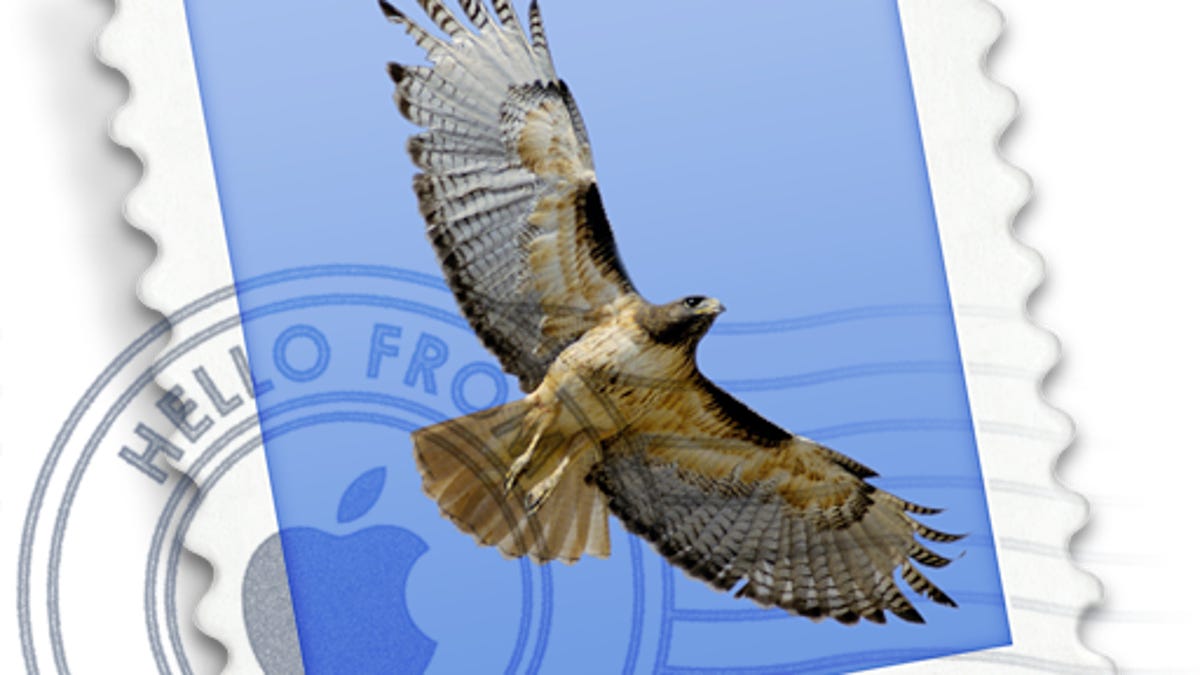How to e-mail Web pages in OS X
There are several ways to preserve what you see on a Web site to send to a colleague or friend.

When browsing the Web, you may wish to share what you are viewing with a friend or colleague by sending him or her an e-mail that references the page you are on.
This is most commonly done by copying and pasting a URL link to the Web page in an e-mail message, which may suffice for most purposes. Sometimes, however, the contents of a page may change, so you may want to preserve it as-is. If so, then you have several options available to you in OS X's Mail and Safari (though not all options are exclusive to these programs).
Screenshots
The first option is to simply take a screenshot of the page you are viewing. This can be done by expanding your browser window to encompass the contents of interest, and then pressing Shift-Command-4, or Control-Shift-Command-4, where the extra Control key will save the resulting screenshot directly to the clipboard instead of as a file to disk. Either hotkey sequence will invoke the "selection screenshot," so your cursor will turn into a crosshair which you can use to click and drag to select a portion of the screen to save. Or you can press the Space bar when you see the crosshair, and the cursor will turn into a camera. Hover this camera over your browser window (or any window), and when the window highlights, click it to take a screenshot of only that window.
Unfortunately, screenshots result in a static image, which limits interaction. Additionally, the image is limited by the resolution of your display, which may be too grainy if someone wishes to zoom in.
Web archive
A second option is to save the current page as a Web archive. This will preserve the page's HTML, images, and other resources in a single file that can be loaded directly from disk in Safari. This option has the benefit of preserving the layout and structure of the page as-is, and makes it easily transferable to others, but the archive may not work well with content that automatically updates, or if there are plug-in requirements to view content.
To make a Web archive, simply choose "Save As" from the File menu in Safari, and the default file format for the document will be a Web archive. Once saved to disk, you can then drag it to a Mail message or otherwise add it as an attachment.
PDF
A third option is to use the OS X services to create a PDF of the page you are viewing. This option will preserve the current page as-is, and also have the benefit that text is selectable, image quality is preserved, and embedded URL links will work.
There are two ways to save a page as a PDF. The first is to use the print dialogue, where you can use the PDF menu to open the page in Preview (for further annotation and editing), save it, or directly embed it as an attachment in a new e-mail message. The second option is built into Safari, and allows you to use the Share menu, or press Command-i, to capture the current page view and open an e-mail with the PDF embedded. All of these approaches will eventually allow you to send the PDF via e-mail to anyone.
Embedded HTML
A final option is to embed the current page as HTML in an e-mail message. This approach takes more steps, but, like a Web archive, it often allows the page to be viewed exactly as-is, with links, menus, and other page elements working to at least show their contents. Unlike the Web archive, however, this option allows the rendering to be done directly in the e-mail client instead of switching to the browser.
To do this, open a new blank Mail message, and then go to the desired Web page in Safari. Next, press Command-A in Safari to select everything (the page's contents will be highlighted blue). The click and drag the selection into the e-mail message window, or use the system's copy and paste functions, and it should embed in the e-mail message.
One benefit of this approach is that elements of the page can be edited and removed manually. For instance, if the page has an advertisement you would prefer to not include in your message, you can select it and press the Delete key to remove it. Some elements may show a highlight with a small "X" at the top corner, which, if clicked, will remove the entire element.
Questions? Comments? Have a fix? Post them below or
e-mail us!
Be sure to check us out on Twitter and the CNET Mac forums.

